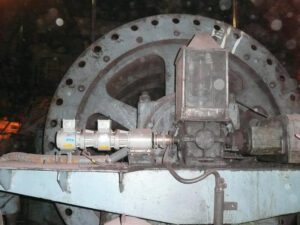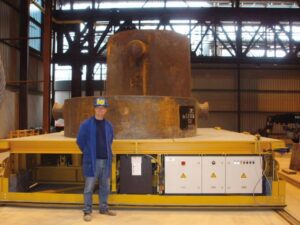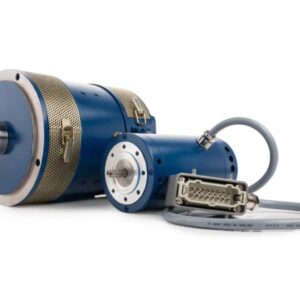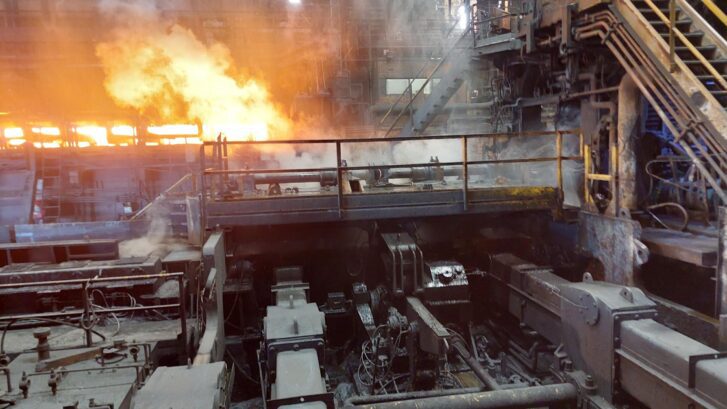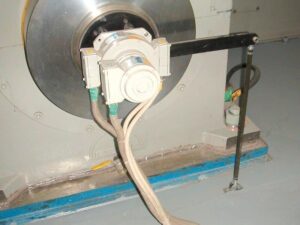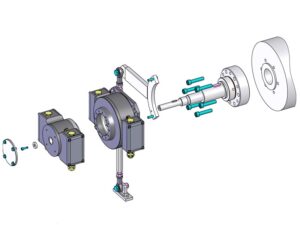August through October is known as the windy season in South Africa. During this time, we have all witnessed the windstorms sweeping across the country, bringing with them the much-anticipated rain and the onset of summer.
When the weather turns unpredictable, companies in the engineering, agriculture, and mining sectors must stay vigilant about their equipment. Notably, a breakdown or potential injury on duty concerns everyone involved. Therefore, regularly checking all equipment is crucial to ensure no potential dangers are looming.
Neglecting the operational aspects of a plant leads to dangerous errors. Consequently, routine safety checks are vital to the success of any plant and the safety of its employees, ensuring that everything runs smoothly.
Moreover, mining equipment endures significant stress due to the workload it handles, which causes wear and tear on all the components that keep the plant operational. Thus, a strict maintenance schedule is essential to prevent downtime caused by equipment failure.
Furthermore, strong winds can blow dust and sand into a plant, damaging intricate parts of the operation that are not always visible to the naked eye.
To help you maintain your industrial equipment effectively, here are a few tips:
Five Tips for Successfully Maintaining Your Mining Equipment
First, Keep Machinery Lubricated at All Times
Without proper lubrication, any machine will eventually fail. Indeed, lubrication is as critical as the moving parts themselves. Regular and correct lubrication reduces excess friction, which in turn extends the machine’s lifespan and prevents premature deterioration. However, over-lubrication can cause issues such as energy loss, damage to seals, and an excessive buildup of grease. Therefore, always use the appropriate type of lubrication for each machine to avoid breakdowns.
Second, Clean Heavy Machinery Thoroughly
Heavy machinery has special seals to protect its intricate parts. If dirt and grime infiltrate these seals, they can cause catastrophic damage and loss, often unnoticed by the untrained eye. Therefore, immediately replace broken or torn seals, and keep breathers free from debris. Additionally, change filters as soon as they become dirty or clogged. Covering or storing machinery indoors during heavy winds or rain also prevents dirt and grime from causing trouble.
Third, Keep Up with Regular Maintenance
Inspecting or repairing only when something goes wrong isn’t enough to keep heavy machinery in top condition. For this reason, establish a regular inspection plan, and take detailed notes on any inspections performed. Regularly check gaskets, seals, belts, and pulleys for proper alignment. Moreover, continually monitor moving parts, such as gears, for wear and tear or damage, and apply proper lubrication to keep them functioning optimally.
Fourth, Monitor Wear and Tear
During normal operations, you may notice wear and tear on parts or machines. Addressing these signs promptly is crucial as they may indicate more severe problems, especially with braking systems. For instance, common signs of wear and tear include heat, vibration, and changes in belt shape. Overheating often results from improper lubrication, and vibration may signal misaligned gears or belts.
Finally, Train Operators Thoroughly
One of the most effective ways to keep heavy machinery operational is through thorough staff training. New employees should undergo intensive training to ensure they understand how everything works and know what to look for in case of a problem. Meanwhile, current employees should attend refresher courses and receive inductions on any new machinery or parts. Consequently, regularly scheduled training courses ensure that all operators are equipped to handle machinery correctly, reducing the risk of downtime or costly accidents.
If you want to extend the lifespan of your heavy machinery, the tips above will certainly guide you in the right direction.
When you need new equipment, parts, or assistance, Huebner Speed Monitoring is the partner you need. With years of experience in the mining and agricultural industries, Huebner prioritizes the safety of your workforce and equipment. Additionally, they tailor solutions for each customer. So, contact their friendly staff today to start a long and successful business partnership.

